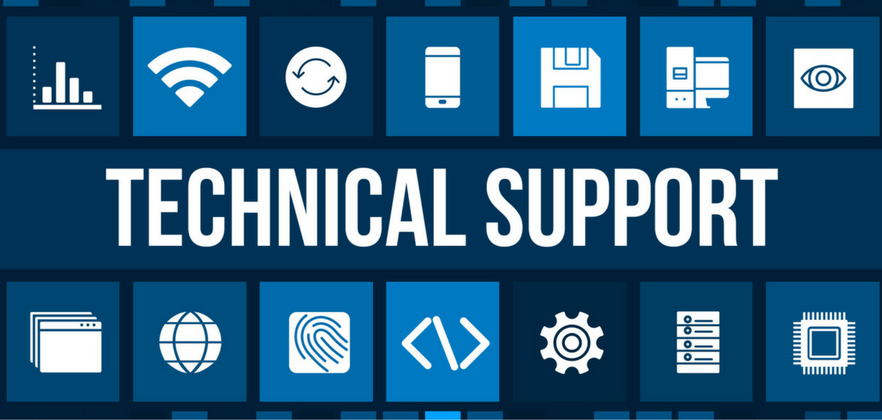Time spent implementing a quality, robust Enterprise Content Management (ECM) system is time well spent. But what about the foundations the ECM system is built upon?
After all, SSDs are fast. Hard disks are big. How to ensure that you can achieve great performance, reliability and cost of ownership by getting the best possible return on your capital investment in hardware?
With content database sites storing and retrieving masses of documents, the server must deal with hundreds of requests at a time. The disk array therefore requires a plenitude of IOPS – the measurement unit of throughput – in order to conduct these operations successfully and speedily. The higher the IOPS, the more throughput and the better the performance of the disk array. However, the traditional storage array of hard disks running in tandem often requires additional IOPS to conduct challenging random requests and operations. Unfortunately, there is a set amount of IOPS per hard disk, so the only solution is to buy more hard disks. These hard disks cost £200 to £300 each and to make them work reliably together can be a challenge in itself. So here’s an alternate approach: Solid State Disks (SSDs). Without moving parts, electrical and hundreds of times more expensive per GB than a hard disk. SSDs are advantageously, thousands of times faster at random operations than hard disks.
So the hard disk, now mature and relatively reliable but slow. And the SSD, much faster but with the price to match. How to achieve brilliant results at a fair cost? What has emerged is a hot cache, a single SSD drive added into an array of legacy hard drives within a Direct Attachment Storage (DAS) environment. The most frequently accessed data (the “hot” part) is cached onto the lower latency SSD for storage and easy retrieval by fast, random performance.
Hewlett Packard came to market with the HP SmartCache in 2013, making it a mainstream on all decent HP servers (“decent” referring to servers judged as reasonable money for their performance). If you want to take advantage of the HP SmartCache, it takes the right HP server, disk controller and appropriate SSD (£300) and a licence (£300). So, for the premium package of £600, you receive low maintenance and management cost and the potential to double the disk array’s number of IOPS per second. Compare the two images below to see these benefits in action.

© Datalytyx Limited 2014
By benchmarking the disk array to measure IOPS achieved per second and thereby the random operations performance, we can see that while running at 1,000 IOPS, the new server in Image1 (above) is idle and limited by the random performance of the disk array. However, in Image2 (below), HP SmartCache has upgraded the server’s performance by almost trebling the number of IOPS. This performance level would’ve previously cost several £10,000s but can now be achieved for an approximate total of £4,000.
Therefore, the combination of hard disks and the random performance of SSDs result in rapid speed and increased space and performance without the increase of cost. SSD RAID Caches is a hardware investment that provides for truly successful document management solutions that are “startlingly fast”, a term we work by and aim for. When designing a large scale SharePoint solution, Datalytyx maintain Microsoft Best Practice rules that recommend 2 IOPS per GB in order to achieve good infrastructure performance (because a SharePoint content database site has a 4 TB per database limit, as opposed to the average site which has a 200 GB limit).
References
Why HP Smartcache is a great feature on your SmartArray controller
HP SmartCache: Overview & Features


0 Comments